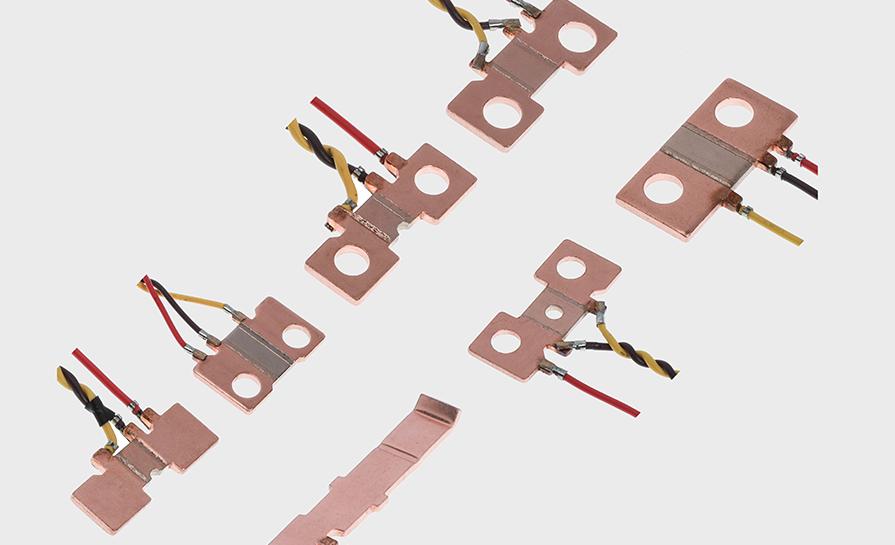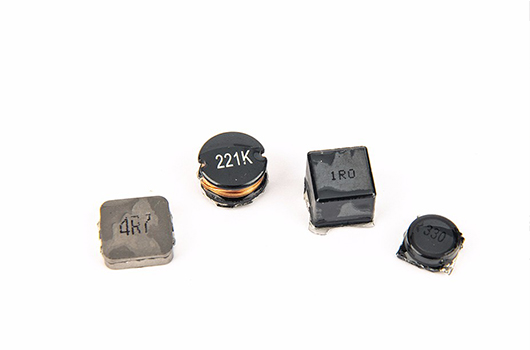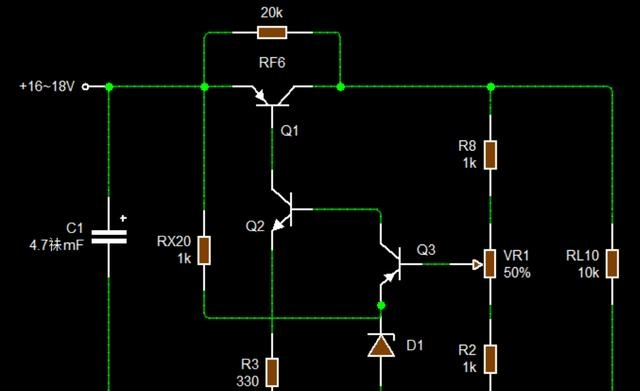
Shunt resistors are commonly used in various electronic circuits for current sensing and measurement. However, selecting the right shunt resistor for a specific application can be challenging, as it requires considering several factors, such as power dissipation and temperature. In this blog post, we will discuss the importance of power dissipation and temperature considerations in shunt resistor selection and provide guidelines to choose the right shunt resistor for a specific application.
1. Power Dissipation Considerations:
Shunt resistors are designed to have a low resistance value to minimize power losses and voltage drops. However, the power dissipated by the resistor is proportional to the square of the current passing through it and the resistance value. Therefore, selecting the right shunt resistor requires considering the maximum current passing through it and the maximum power dissipation rating of the resistor. Choosing a resistor with a power rating lower than the maximum power dissipation can result in overheating and permanent damage to the resistor and surrounding components.
2. Temperature Considerations:
Temperature is a critical factor to consider in shunt resistor selection, as high temperatures can affect the resistor's accuracy and reliability. The resistance value of a shunt resistor increases with temperature, which can lead to measurement errors and affect the overall performance of the circuit. Moreover, high temperatures can cause the resistor to age and degrade over time, reducing its lifespan and performance. Therefore, choosing a shunt resistor with a low temperature coefficient of resistance and a high operating temperature range is essential to ensure accurate measurement and long-term reliability.
3. Guidelines for Shunt Resistor Selection:
To select the right shunt resistor for a specific application, consider the following guidelines:
a. Determine the maximum current passing through the shunt resistor and select a resistor with a suitable resistance value to minimize power dissipation.
b. Choose a shunt resistor with a power dissipation rating higher than the maximum power dissipated to prevent overheating and damage.
c. Consider the temperature coefficient of resistance and select a shunt resistor with a low temperature coefficient to ensure accurate measurement.
d. Choose a shunt resistor with a high operating temperature range to prevent aging and degradation over time.
e. Consider the size and cost of the shunt resistor and select a resistor that fits the available space and budget.
Conclusion:
Shunt resistor selection requires considering several factors, such as power dissipation and temperature, to ensure accurate measurement and long-term reliability. By following the guidelines discussed in this blog post, engineers can select the right shunt resistor for a specific application, minimizing power losses, and voltage drops, preventing overheating and damage, and ensuring accurate measurement and long-term reliability.
-

How to measure the current thr
To measure the current through a shunt resistor, an ohmmeter or multimeter shoul...
2023-05-27 view+ -

SMD resistor
The patch element has the advantages of small size, light weight, high installat...
2023-03-27 view+ -

Wireless BMS helps upgrade new
Wireless BMS helps upgrade new energy vehiclesIn the first half of 2022, the sal...
2022-12-20 view+ -

Application of resistor shunt,
Today, I will tell you about the application of resistor shunt, current limiting...
2023-03-15 view+


